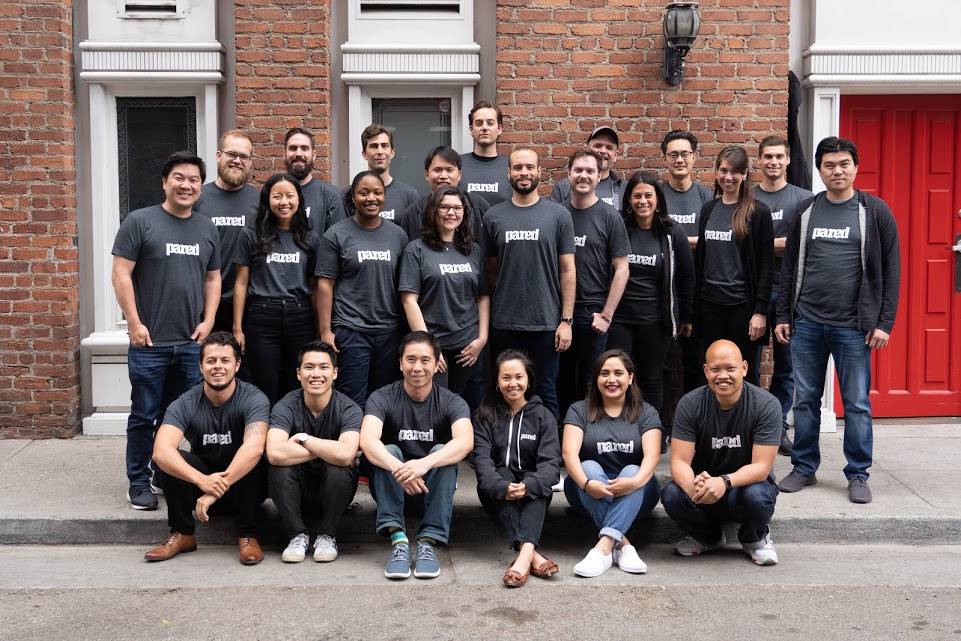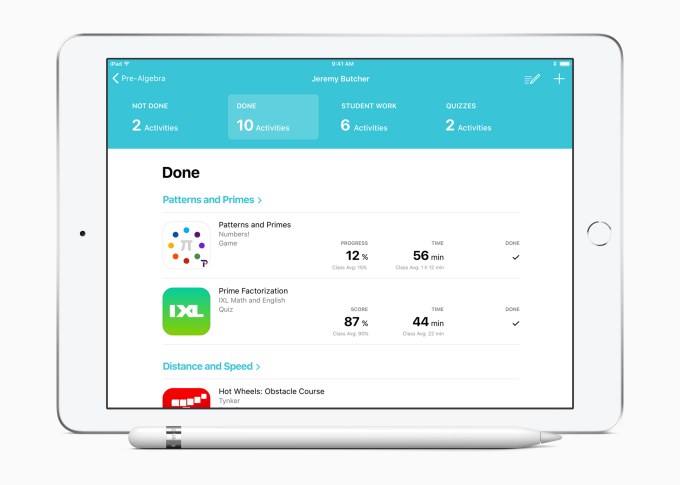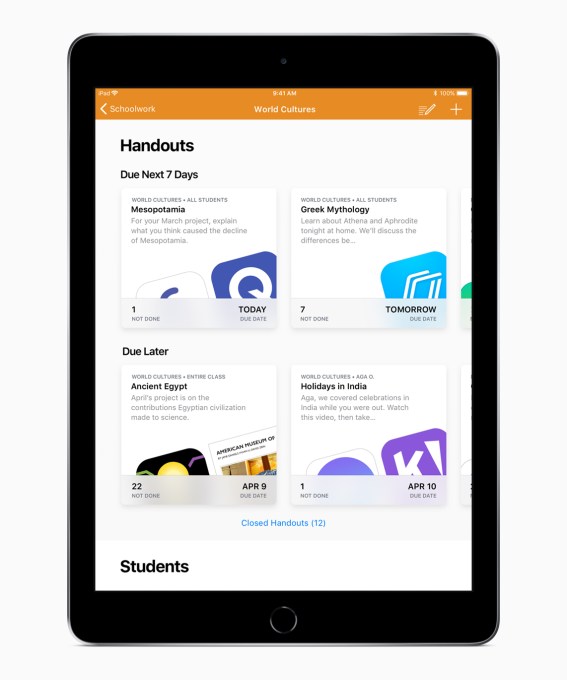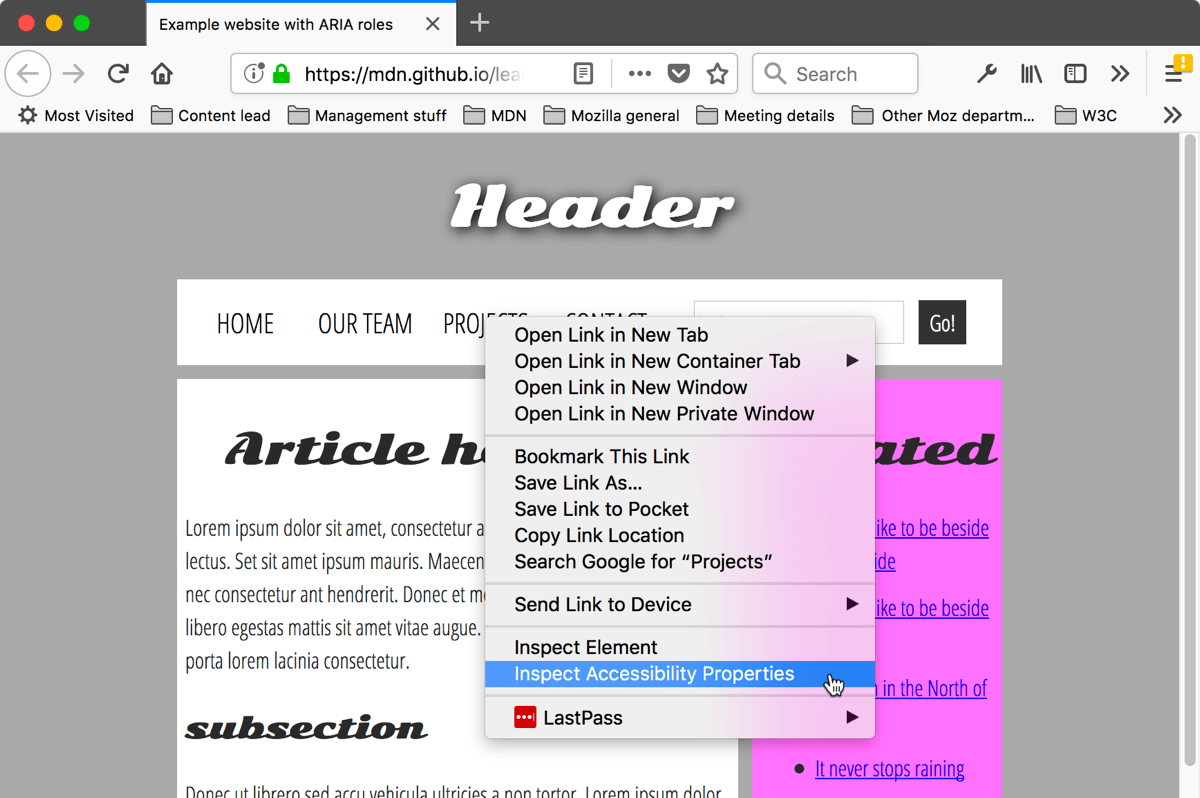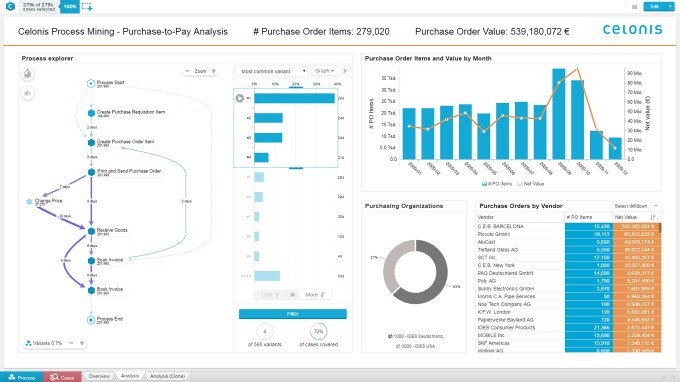While everybody is focused on self-driving cars, Shone is working on autonomous technologies for container ships. The startup doesn’t want to turn those giant ships into unmanned vehicles, but it wants to help seafarers and make ships more efficient.
After attending Y Combinator, Shone recently raised a $4 million round from Alven, Liquid 2, Paul Graham, David Marcus and D. Scott Phoenix.
“The basic idea is that autonomous ships are coming. Overall, it seems unavoidable,” co-founder and CEO Ugo Vollmer told me. “And yet, there are still 25 people on the boat and it runs on Windows.”
The team spent a lot of time talking with people working in the shipping industry to understand their needs. After traveling on container ships and buying a tiny boat for prototyping, Shone is already working with a shipping company to retrofit their ships with their technology.
“Our vision is that it’s going to happen progressively,” Vollmer said. “There will be a lot of navigation assistance systems first.”
At first, it could lead to fewer people on the boat. There are around 15 people maintaining the engine and the machinery. These people won’t go away any time soon. But there are also around ten people who are keeping an eye on the radar, on the different tools and also on the sea itself. They rotate as they need to have a small team in the cabin 24/7.
This second team could need some help, and this is where Shone shines. The startup adds a few sensors but mostly hooks their system to existing sensors. While there are a ton of sensors already, none of them communicate together.
Shone can combine all this data and analyze it to give some insights. Eventually, the startup plans to recommend different courses to save some fuel and time. Existing autopilot solutions on ships is more like cruise control in cars. You can follow a predetermined path, but you can’t say “let’s go from A to B”.
And saving fuel is key when it comes to global warning. Each ship carries a mountain of goods, so it’s quite efficient when you think about the impact of one ton of goods. But if you can make a container ship slightly more efficient, it would have a huge impact on the environment.
“If you can make a 1 percent optimization, you have a bigger impact than Tesla today,” Vollmer said. It’s hard to compare those two things as cars and ships are different beasts though.
For now, Shone is only focusing on deep sea. The crew doesn’t handle the first and last mile anyway as someone from the harbor usually comes on board to guide you to the dock.
Shone has signed a partnership with CMA CGM to collect data and add some hardware devices. It’s still early days for Shone as the company is first focusing on situational awareness before moving further into recommendations.

